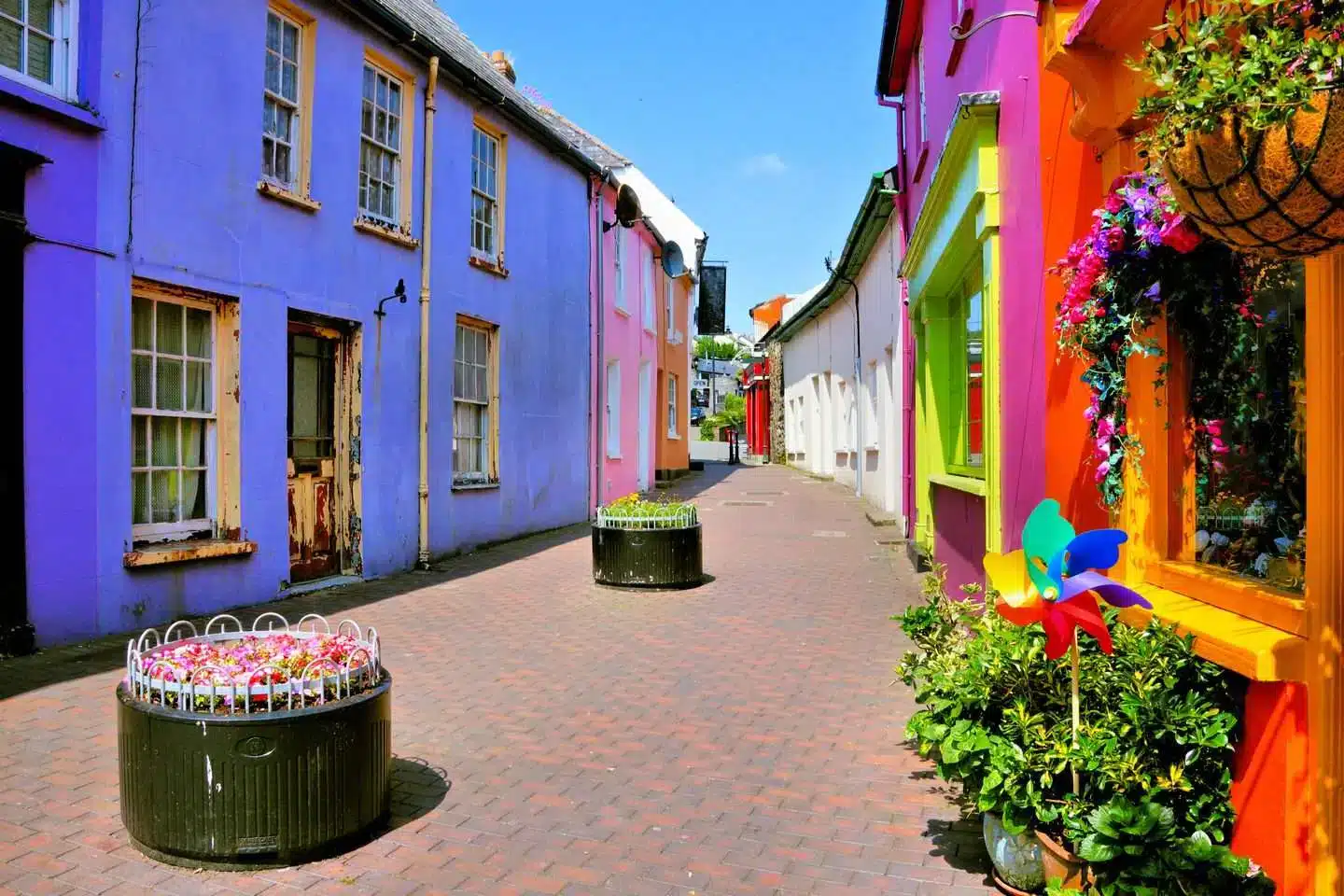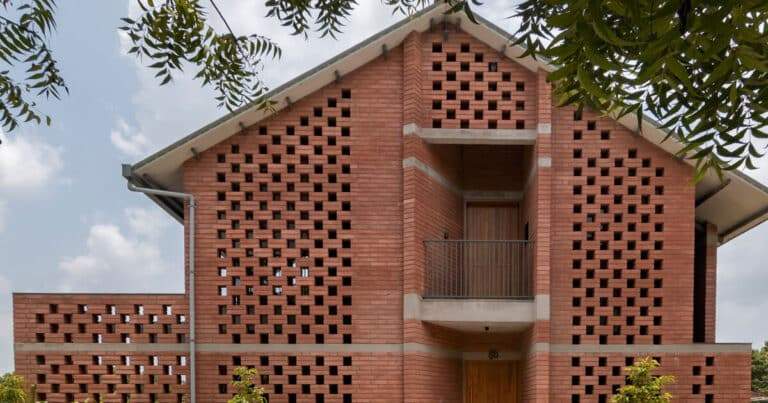Sustainable Building Materials: A Professional Overview
Introduction
Sustainable building materials are playing an increasingly vital role in modern construction as environmental concerns grow and demand for eco-friendly solutions rises. These materials not only reduce carbon footprints but also offer long-term cost savings, energy efficiency, and healthier indoor environments. With innovations like recycled steel, bamboo, hempcrete, ferrock, cork, straw bales, reclaimed wood, sheep’s wool, and clay entering mainstream use, the construction sector is shifting toward greener alternatives.
This article explores some of the most promising sustainable building materials currently available, highlighting their unique properties, applications, and benefits. We’ll also examine the challenges that come with adopting these materials and discuss how they can shape the future of green architecture.
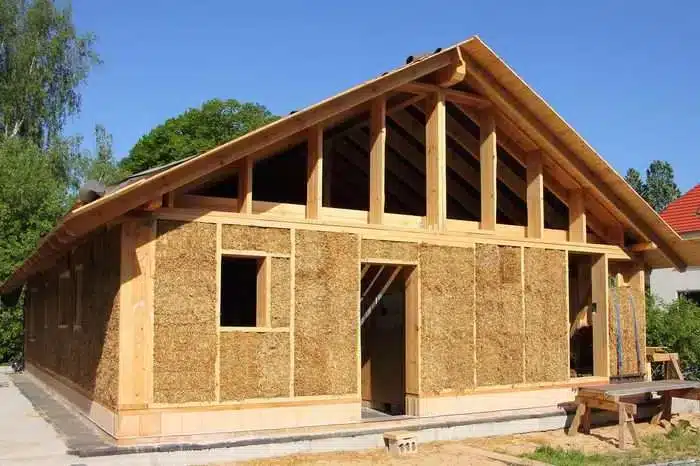
1. Bamboo – Nature’s High-Strength Renewable Resource
Bamboo stands out as one of the fastest-growing plants on earth, reaching maturity in just 4–5 years. Its strength-to-weight ratio surpasses many traditional woods, making it ideal for flooring, walls, ceilings, and even structural components.
| Key Features | Details |
|---|---|
| Growth Period | 4–5 years |
| Strength | High tensile strength |
| Main Uses | Flooring, furniture, structural framing |
| Climate Suitability | Tropical and seismic zones |
Bamboo is naturally resistant to moisture, pests, and fire when treated properly. It also provides excellent sound insulation, making it ideal for urban settings. However, its use in humid climates requires additional treatment to prevent mold growth.
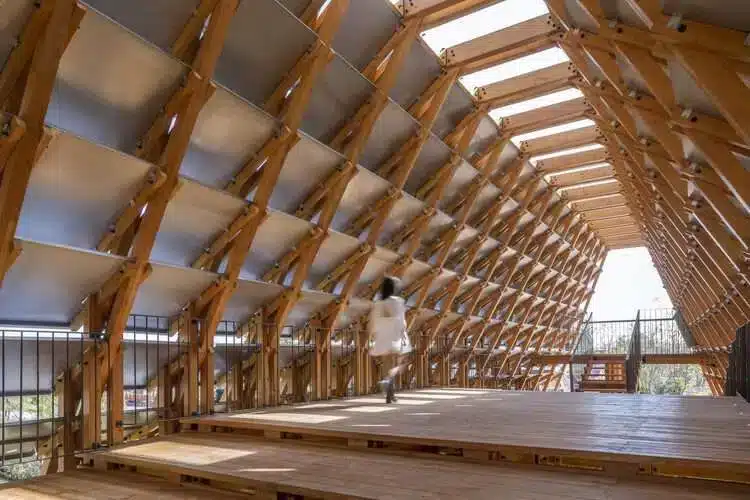
2. Hempcrete – A Breathable and Carbon-Negative Insulator
Hempcrete is a biocomposite material made from the inner core of the hemp plant mixed with lime and water. It acts as a natural insulator, regulating temperature and humidity while absorbing more CO₂ than it emits during production.
| Key Features | Details |
|---|---|
| Material Source | Hemp stalks + lime |
| Insulation Properties | Excellent thermal and acoustic insulation |
| Carbon Footprint | Negative (absorbs CO₂) |
| Fire Resistance | Yes |
Quote:
“Breathable materials like hempcrete improve indoor air quality and significantly reduce energy consumption.”
— International Energy Agency (IEA )
Hempcrete is particularly effective in wall systems and is ideal for passive house designs due to its ability to regulate internal climate without mechanical systems.
3. Ferrock – The Future of Green Concrete
Ferrock is a revolutionary building material made from recycled steel dust and silica sand, activated by carbon dioxide. Unlike conventional concrete, Ferrock absorbs CO₂ during the curing process and offers double the compressive strength.
| Key Features | Details |
|---|---|
| Composition | Steel dust, silica, CO₂ activation |
| Strength | Twice that of regular concrete |
| Sustainability | 95% recycled content |
| Applications | Structural walls, foundations, custom molds |
While promising, Ferrock remains relatively expensive and less accessible in many global markets.
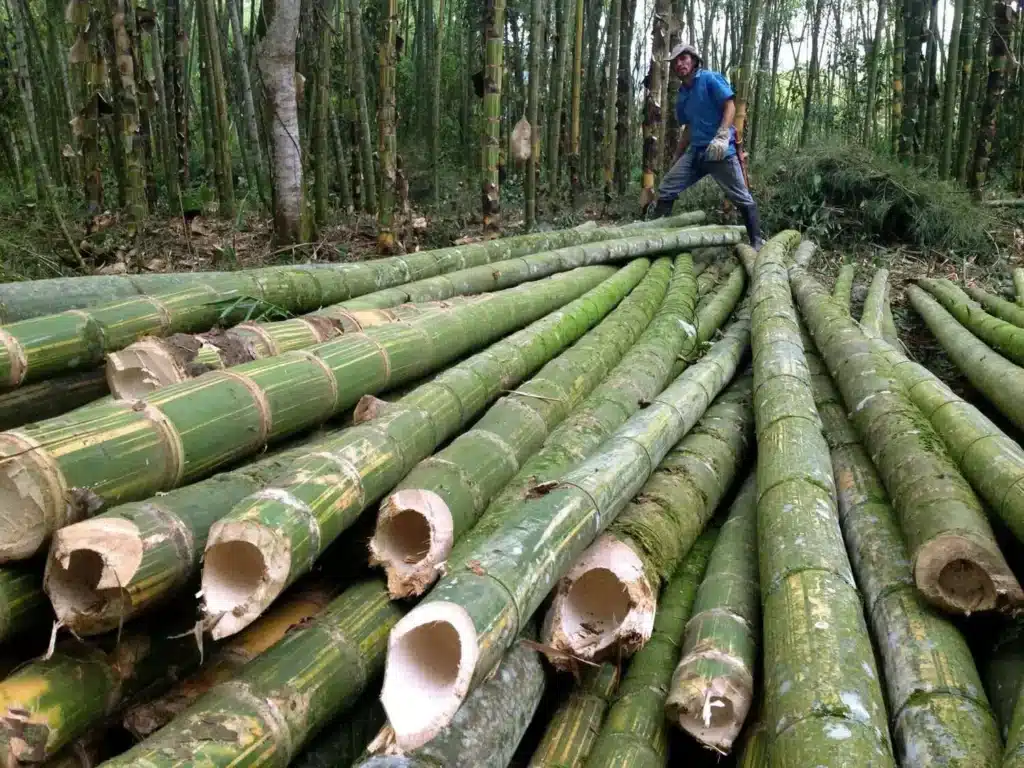
4. Straw Bales – Natural Insulation at Low Cost
Straw bales, derived from leftover agricultural crops like wheat or barley, serve as excellent insulation material. They provide high R-values and are often used in eco-homes and community buildings.
| Key Features | Details |
|---|---|
| Source | Agricultural waste |
| Thermal Performance | High R-value (up to R-5 per inch) |
| Fire Resistance | Surprisingly high when compressed |
| Cost | Very affordable |
Straw bale construction requires proper design to prevent moisture penetration but is extremely energy-efficient and environmentally friendly.
5. Reclaimed Wood – Beauty with Purpose
Reclaimed wood comes from old structures, barns, or furniture and is reused in new projects. It reduces deforestation pressure and adds aesthetic value through aged textures and colors.
| Key Features | Details |
|---|---|
| Source | Demolition sites, old buildings |
| Environmental Benefit | Reduces logging and landfill waste |
| Durability | Often more stable than new wood |
| Use Cases | Interior finishes, flooring, cabinetry |
Proper inspection and treatment are essential to ensure safety and longevity.

6. Sheep’s Wool – Eco-Friendly Insulation with Style
Sheep’s wool is gaining traction as a natural insulation material. It regulates moisture, resists fire, and is hypoallergenic. Though more expensive than synthetic options, it offers superior thermal and acoustic performance.
| Key Features | Details |
|---|---|
| Source | Animal-based renewable fiber |
| Insulation Quality | Exceptional |
| Fire Resistance | Naturally flame-resistant |
| Drawbacks | Shrinks if improperly installed |
Wool must be treated before use in wet conditions but remains a top choice for green homes aiming for non-toxic interiors.
7. Clay – Time-Tested Earth-Based Material
Clay has been used for millennia as a building material due to its durability, fire resistance, and insulation properties. It’s especially effective in hot, dry climates.
| Key Features | Details |
|---|---|
| Longevity | Over 100 years |
| Insulation | Excellent in cold regions |
| Availability | Widely available in many regions |
| Sustainability | Fully recyclable and natural |
Clay bricks and rammed earth techniques are experiencing a resurgence in sustainable architecture.
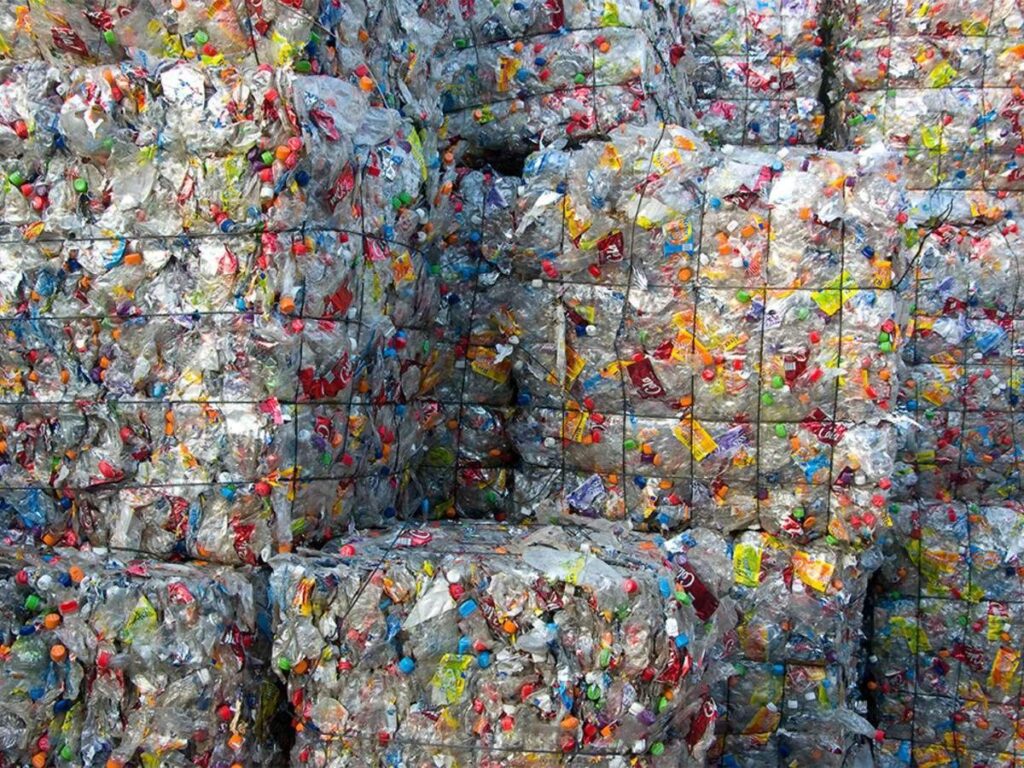
ArchUp Opinion: Critical Analysis
While sustainable building materials hold great promise, several practical challenges remain:
- Cost : Many eco-friendly materials are still more expensive than conventional ones.
- Availability : Materials like Ferrock and Hempcrete aren’t widely available in many countries.
- Technical Expertise : Proper installation and maintenance require specialized knowledge.
- Regulatory Barriers : Some sustainable materials lack standardization or building code recognition.
Despite these hurdles, integrating sustainable materials into mainstream construction is essential for reducing the industry’s environmental impact. The future lies in combining local, traditional methods with innovative technologies to create truly green buildings.
Frequently Asked Questions (FAQ)
| Question | Answer |
|---|---|
| Can sustainable materials be used in hot climates? | Yes—clay, straw bales, and bamboo perform well in hot environments. |
| Is Hempcrete suitable for residential buildings? | Yes, but it should be protected from direct exposure to rain. |
| What is the best insulation material? | Sheep’s wool and straw bales offer excellent natural insulation. |
| Are recycled materials safe? | Yes, provided they’re tested and certified for structural integrity and health standards. |

Summary Table of Sustainable Materials
| Material | Sustainability | Insulation | Cost | Best Use |
|---|---|---|---|---|
| Bamboo | High | Good | Moderate | Framing, flooring |
| Hempcrete | High | Excellent | High | Wall insulation |
| Ferrock | Very High | Good | High | Foundations, custom forms |
| Straw Bales | Medium-High | Excellent | Low | Insulated walls |
| Reclaimed Wood | High | Moderate | Moderate | Interior finishes |
| Sheep’s Wool | High | Excellent | High | Insulation |
| Clay | Very High | Good | Low | Walls, floors, roofs |

